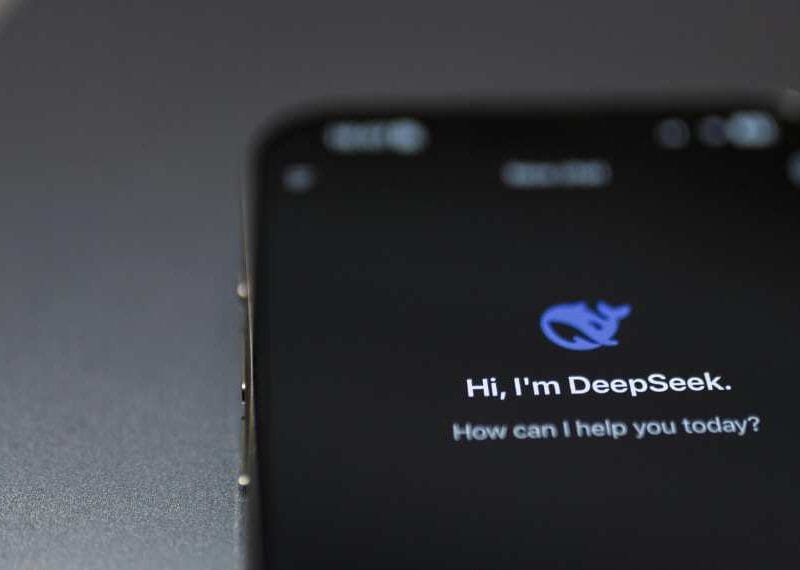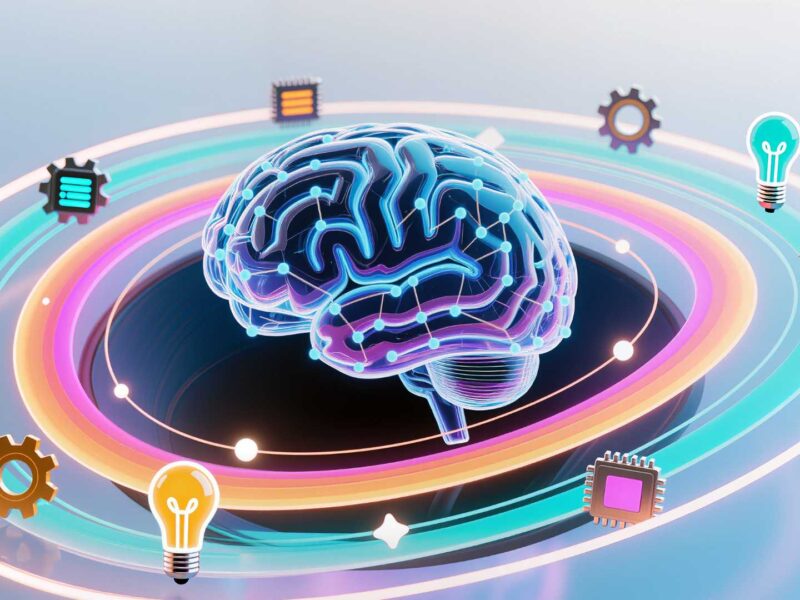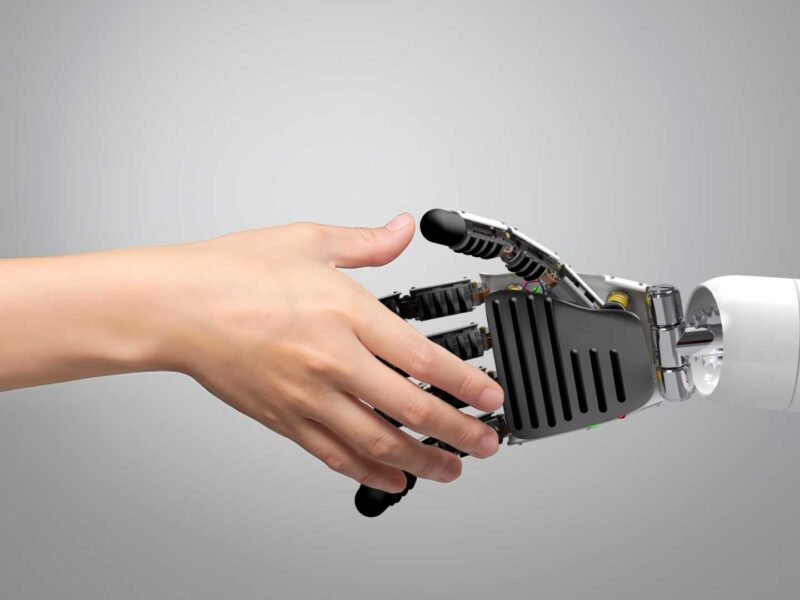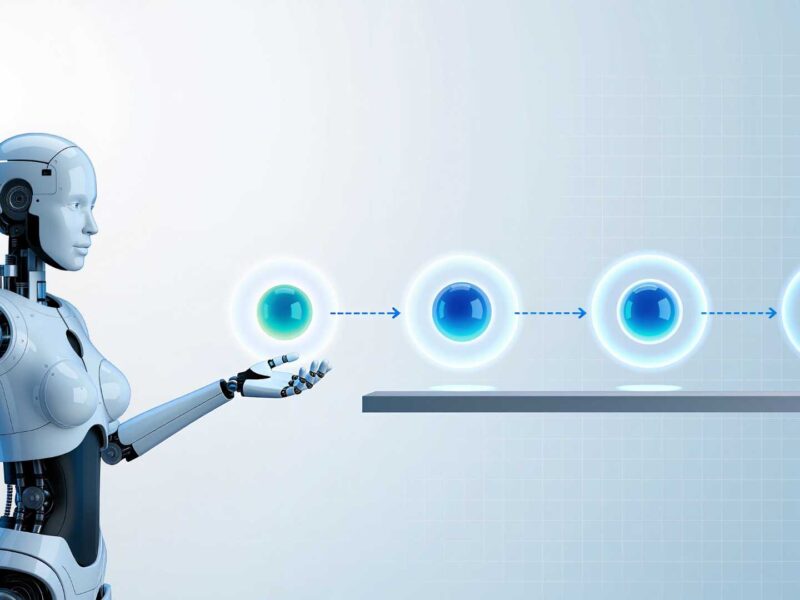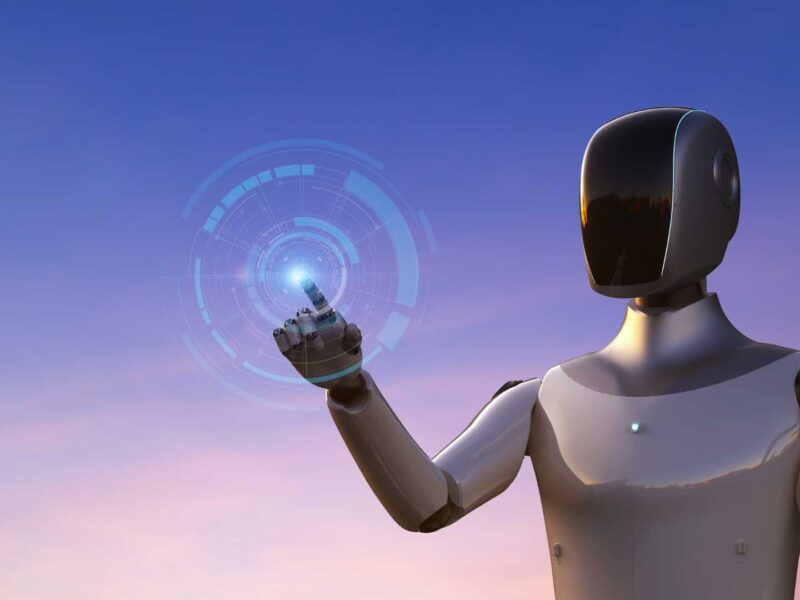My Company JustPaid Hired 100 Engineers – None Are Humans
Written by Harshith Vaddiparthy (Head of Growth, JustPaid)
In 2022, the idea would have sounded completely insane: “What if I could hire 100 engineers this quarter, and none of them were human?” With all the AI developments happening, it seemed like science fiction. But today, that’s exactly what’s happening at JustPaid. My AI engineers are shipping code faster than any traditional engineering approach ever could. What I’ve discovered will terrify every traditional software company—and it’s happening right now, not in some distant future.
This isn’t another puff piece about AI “augmenting” developers. This is the brutal reality of how AI agents are completely replacing human engineers, and why companies either adapt immediately or die. I’ve witnessed this transformation firsthand at JustPaid, and I want to share exactly how my team has revolutionized our development approach while tripling our velocity.
The numbers don’t lie: deployment cycles have accelerated from weeks to hours, and we’re operating with a lean team that produces more code than much larger engineering organizations. The era of massive engineering teams is over, and most developers just don’t know it yet.
The Overnight Transformation That Changed Everything
It all started when our CTO, Vinay Pinnaka, introduced Claude Code to the development team. I immediately saw the potential and pushed for an ambitious experiment: let Claude Code run overnight on our core payment processing module—a system that had originally taken us months to build. I said to the team, “If this works, we’re going to fundamentally rethink how we build software.”
The results were staggering. In just 8 hours, Claude generated thousands of lines of production-ready code, refactored the entire API structure, wrote comprehensive tests, and fixed bugs that had been lingering in the backlog. When we reviewed the work the next morning, the code wasn’t just acceptable—it was better than our previous manual approach.
But the real breakthrough came when I tackled a recent UI overhaul. We needed to retire our old Material UI library and migrate to ShadCN UI for a cleaner SaaS dashboard experience. Instead of assigning this tedious task to a developer, I simply commanded OpenAI Codex in the CLI: “Retire the current Material UI and change all icons in the Left Side Bar to ShadCN—keep it fully functional.”
Codex executed flawlessly. While other terminals ran simultaneous tasks—database optimizations, API updates, testing suites—Codex completed the entire UI migration overnight.
What would have taken a human developer 2–3 weeks of careful refactoring was finished in hours, with zero breaking changes and improved performance metrics.
How I Hired 100 AI Engineers
Within 30 days, I had architected what we now call our “AI engineering fleet”: 100 specialized AI agents running on OpenAI Codex, Claude Code, and custom-trained models. Each agent specializes in a specific task—frontend optimization, database migrations, API documentation, security audits, performance monitoring. They work 24/7, never take vacation, never have bad days, and never demand equity.
Here’s the math:
- Current human team: 5 engineers + me (Head of Growth/AI Product Engineer)
- Each engineer operates 10 simultaneous CLI environments running Codex and Claude Code
- I operate 20 CLI environments (10 for growth/marketing automation + 10 for product engineering)
- Total AI agents: (5 × 10) + (1 × 20) = 70 active AI coding agents
But here’s the multiplier: each CLI environment spawns multiple specialized sub-agents—frontend, backend, DevOps, QA, documentation.
- 70 base agents × 1.4 specialization factor = 98 operational AI engineers
- The remaining 2 are reserved for experimental workflows and overflow capacity
That brings me to exactly 100 AI engineers working around the clock.
Here’s how it actually works:
- Product requirements flow into Claude Code terminal agents
- The agents analyze the existing codebase and architecture
- They generate complete features—including frontend, backend, database schemas, and tests
- Automated deployment pipelines push code to staging
- AI-powered QA agents run comprehensive testing
- Humans provide final approval for production deployment
The productivity metrics are insane: my AI fleet completes an average of 840 development tasks per week. Our old approach maxed out at 180. That’s a 467% productivity increase with drastically reduced overhead.
I put it this way: “We’ve gone from managing developers to orchestrating AI systems. Instead of sprint planning, we’re prompt engineering. Instead of code reviews, we’re configuring autonomous workflows. The fundamental job has changed—and most engineering managers are completely unprepared.”
Industry Disruption
While we were perfecting our AI-first approach, the broader industry started catching up. Salesforce, Google, Microsoft—they’re all reporting massive boosts from AI tools. But here’s the thing: they’re still measuring augmentation, not replacement.
The layoff statistics tell the real story. IBM replaced hundreds of HR employees with AI. Klarna cut 22% of its workforce while maintaining output. Meta predicts AI will handle mid-level engineering work throughout 2025.
Y Combinator’s latest batch is proof: 25% of companies already have 95% of their code written by AI. These aren’t experiments—they’re scaling to $10M revenue with teams smaller than traditional marketing departments.
The Death of the 200-Person Engineering Team
At JustPaid, I’ve proven that the maximum team size for a software company should be 15 people. Our lean structure looks like this:
- AI Orchestrators – senior engineers configuring AI agents
- Product Strategists – defining features and UX
- Infrastructure Specialists – maintaining AI fleets
- Business Operations – sales, marketing, customer success
- Quality Assurance – reviewing AI code
- Leadership – overseeing growth and optimization
Under 15 people, we generate more output than teams 10x our size.
The Harsh Reality for Developers
Let me be brutally honest: the comfortable middle of software engineering is gone. Juniors are already obsolete—AI writes cleaner code than bootcamp grads. Mid-levels are next. Only two types of developers will survive:
- AI Orchestrators who design and configure systems
- Domain Experts with deep industry expertise
Everyone else is training themselves out of a job.
The One-Person-Unicorn Timeline
Here’s my prediction: by 2028, we’ll see the first One-Person Unicorn—a billion-dollar company built and operated by a single entrepreneur with AI agents.
The ingredients are here: Claude Code, no-code platforms, AI customer service, automated marketing, AI content generation. The economics are undeniable: AI-first costs $50K annually versus $50M+ for traditional engineering.
What Happens Next
Traditional software companies have 18 months to adapt or die. At JustPaid, we’re already planning our next evolution: 100% autonomous development cycles by Q4 2025, where AI agents handle everything—requirements, system design, coding, testing, deployment—without human intervention.
The companies that figure this out first will dominate. The rest will become business school case studies.
Vibe Billing: Getting You Paid in Days
And here’s the kicker—AI automation isn’t just for coding. While we were revolutionizing software development, I also applied the same AI-first principles to billing.
That’s where Vibe Billing comes in. My AI billing agent handles the entire revenue cycle:
- Automated invoices
- Smart collections with natural language AI
- Real-time analytics on cash flow and burn
- Automated dunning processes
- Seamless integrations
The results are huge: billing cycles cut from weeks to one day, errors down 95%, collections up 40%.
While other companies chase invoices manually, my clients have AI agents running their entire revenue ops.
The age of the human developer is ending. The age of the AI orchestrator has begun.
About Harshith Vaddiparthy
Harshith Vaddiparthy, AI Product Engineer and Growth Leader at JustPaid (Y Combinator W23), drives fintech innovation with AI-powered revenue tools. Balancing product development and growth, he leverages generative AI to create automation systems that streamline execution and market impact.
Harshith founded and sold ARTIFIN for $50,000 in 2023, showcasing his knack for turning AI ideas into reality. His “Vibe Coding” methodology, using tools like Cursor and Playwright, redefines software and SaaS creation. A passionate open-source advocate, he shares AI frameworks on GitHub, making tech accessible.
Through newsletters like *The Infinite Runway* and speaking at events like NFT NYC, Harshith shares insights on AI’s future. At JustPaid, he leads “Vibe Billing,” an AI suite that simplifies invoicing and analytics, empowering finance teams to focus strategically.
Looking forward, Harshith champions “One-Person Unicorns,” where solo entrepreneurs use AI agents to build billion-dollar ventures. His work is shaping AI-native business and development, making him a trailblazer to watch!

Harshith Vaddiparthy
Head of Growth, JustPaid
If you wish to showcase your experience and expertise, participate in industry-leading discussions, and add visibility and impact to your personal brand and business, get in touch with the Techronicler team to feature in our fast-growing publication.




